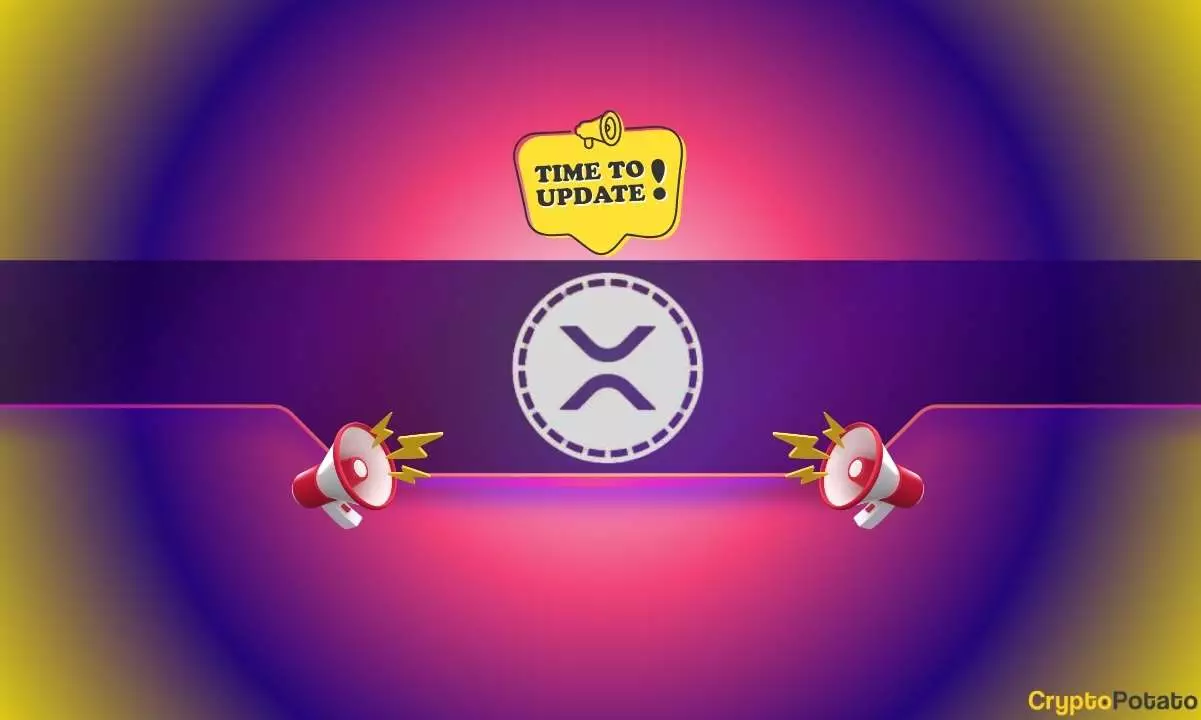Ripple Labs is poised to make a significant impact on the stablecoin market with its upcoming RLUSD stablecoin, which is currently in the beta testing phase. Targeting regulatory approval as its next hurdle, Ripple has been vocal about its ambitions since April. The company’s decision to peg RLUSD at a 1:1 ratio to the US dollar is indicative of its strategy to align closely with traditional finance systems while still leveraging blockchain technology.
Partnership Networks and Exchange Integration
In a bid to ensure a smooth launch, Ripple has strategically partnered with several major exchanges, including Bitstamp, Bitso, Uphold, and others. These partnerships are crucial for the wider acceptance and usability of RLUSD, enabling traders and users to easily navigate the transition to this new stablecoin. Such alliances indicate Ripple’s commitment to establishing a robust ecosystem around RLUSD, making it accessible to a broad audience from the outset.
One significant factor looming over the launch of RLUSD is regulatory approval, particularly from the New York Department of Financial Services (NYDFS). Monica Long, the president of Ripple, emphasized the importance of regulatory compliance, stating that the launch hinges on the green light from authorities. This highlights a broader trend in the cryptocurrency landscape, where regulatory scrutiny is becoming increasingly vital. Successful navigation of regulatory frameworks will not only validate Ripple’s stability but will enhance its credibility in a fluctuating market.
Long has expressed an optimistic outlook for the stablecoin market, predicting that it could burgeon from its current market cap of approximately $180 billion to over $3 trillion in the coming years. This projection suggests a growing demand for stablecoins across various financial applications, especially as alternative currencies become more prevalent. Long’s remarks about potential de-dollarization hint at a future where stablecoins may be pegged to various fiat currencies beyond the US dollar, such as the euro or yen, indicating a diversifying landscape.
Market Dominance and Competition
Currently, the stablecoin market is dominated by Tether (USDT), which remains the most widely adopted, followed by Circle’s USDC. Ripple aims to challenge this status quo with RLUSD. As it stands, Tether has achieved an impressive market capitalization of nearly $125 billion, solidifying its position as a leader. However, the competitive landscape is ripe for disruption, particularly with the entry of well-established players like Ripple. As more stablecoins emerge, it will be interesting to see if RLUSD can carve out its own niche.
Ripple’s entry into the stablecoin market with RLUSD represents a significant development in the cryptocurrency industry. While the beta testing and partnership announcements signal proactive steps toward launch, the pending regulatory approvals will ultimately dictate its success. As the stablecoin space evolves, the competition will likely intensify, and Ripple’s ability to meet regulatory requirements while appealing to users will be critical to its future positioning. As we navigate toward a more digitized economy, RLUSD could become a pivotal player in enhancing the utility and adoption of stablecoins globally.



Leave a Reply